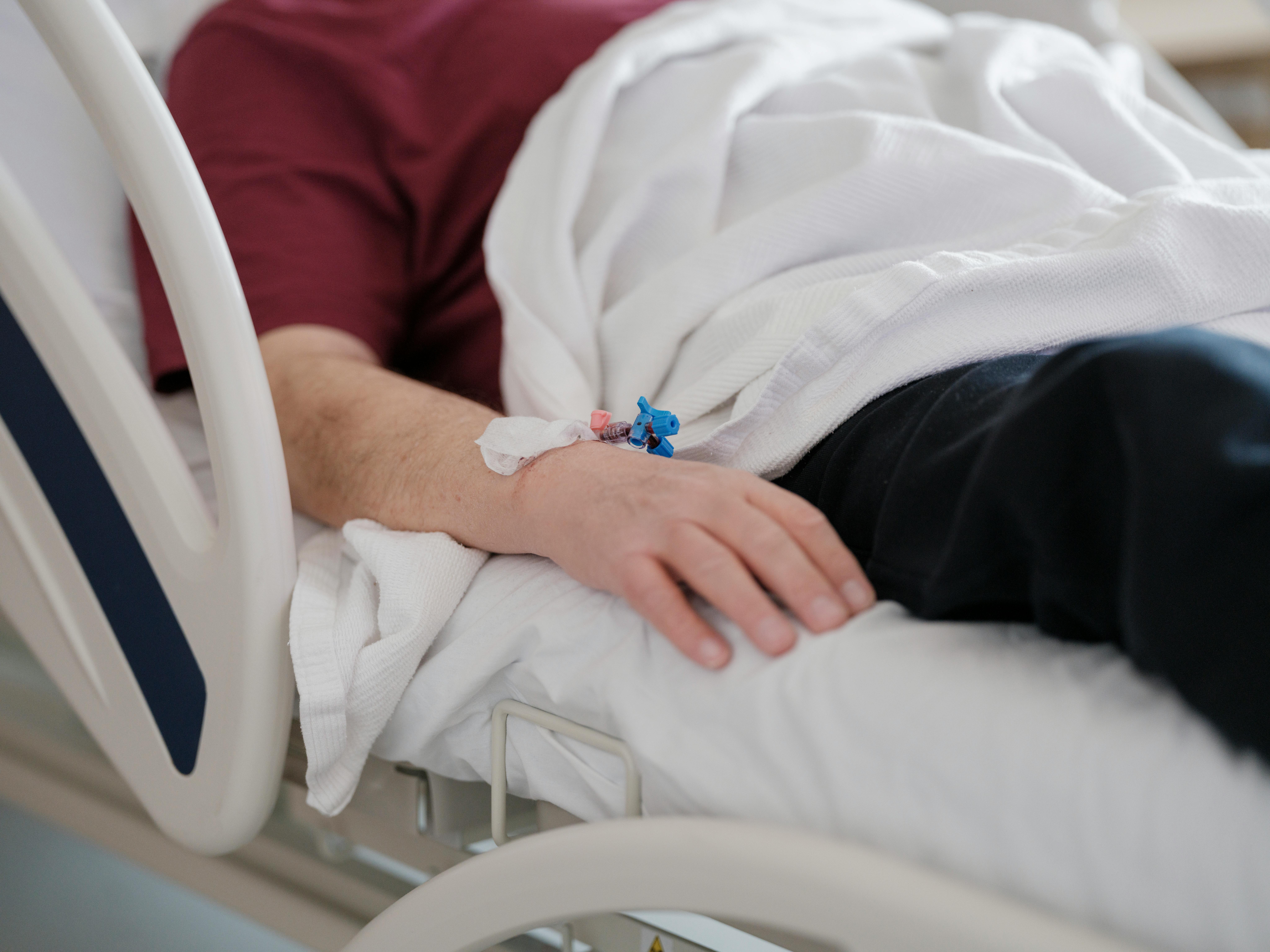Image credit: Pexels, enginakyurt

The new fall 2024 Hospital Safety Grade report from the Leapfrog Group showed a decrease in several healthcare-associated infections including, central line-associated bloodstream infections (CLABSI) decreased by 38%; Catheter-associated urinary tract infections (CAUTI) decreased by 36%; and Methicillin-resistant Staphylococcus aureus (MRSA) decreased by 34%. This has happened over the last 2 years according to Leapfrog. The Leapfrog Group is an independent national nonprofit organization working to improve patient safety.1
“Preventable deaths and harm in hospitals have been a major policy concern for decades. So, it is good news that Leapfrog’s latest Safety Grades reveal that hospitals across the country are making notable gains in patient safety, saving countless lives,” stated The Leapfrog Group CEO Leah Binder, in a statement. “Next, we need hospitals to accelerate this progress—because no one should have to die from a preventable error in a hospital.”1
These downward trends are also mirrored by the Centers for Disease Control and Prevention’s (CDC) National and State Healthcare-Associated Infections Progress Report.2
“Among acute care hospitals there were significant decreases observed for methicillin-resistant Staphylococcus aureus (MRSA) (16%), central line-associated bloodstream infections (CLABSI) (15%), C. difficile infection (CDI) (13%), CAUTI (11%), and ventilator-associated events (VAE) (5%) between 2022 and 2023,” the report detailed.2 (See Chart 1 below).
Chart 1 details the reduction of HAIs’ and the trends over the last few years.
Image credit: The Leapfrog Group

According to The Leapfrog Group, the Safety Grade report evaluates nearly 3,000 hospitals on their ability to prevent medical errors, accidents and infections. The Hospital Safety Grade uses up to 30 performance measures to assign an “A, “B,” “C,” “D” or “F” to individual hospitals and uses a public, peer-reviewed methodology, calculated by top patient safety experts under the guidance of a National Expert Panel. It is transparent and free to the public. Leapfrog analysts use the data to observe national performance trends and state rankings. The Safety Grade is updated biannually in the fall and spring.1
States’ Performances
For fall 2024, Utah ranks number one with the highest percentage of “A” hospitals for the third cycle in a row, followed by Virginia and Connecticut in second and third. The latest Grades also show hospitals are making progress in patient safety across several performance measures including notable improvements in healthcare-associated infections, hand hygiene and medication safety.1
In addition, the states with the highest percentages of “A” hospitals were: Utah, Virginia, Connecticut, North Carolina, New Jersey, California, Rhode Island, Idaho, Pennsylvania, Colorado and South Carolina. Conversely, there were no “A” hospitals in Iowa, North Dakota, South Dakota, or Vermont.1
The report said Utah ranked #1 in percentage of “A” hospitals for the third Safety Grade cycle in a row and California ranks in the top 10 for the first time since fall 2014.1
“Despite improvements seen in this fall’s Safety Grade, significant variation in performance remains across US hospitals,” Binder added. “That’s why it’s so important for people to consult grades when making decisions about seeking care. All hospitals are not the same.”1
Medication Errors
Medication errors are the most common type of error that occur in hospitals and the new Hospital Safety Grade suggests improvements in how hospitals prevent them. Two of the measures in the Leapfrog Hospital Safety Grade show this progress: Computerized Prescriber Order Entry (CPOE) and Bar Code Medication Administration (BCMA).
Chart 2 details hospitals and medication safety protocols.
Image credit: The Leapfrog Group

For the former, the Leapfrog report tracks how well hospitals use CPOE systems to catch common errors in prescribing, such as prescribing the wrong dose or prescribing a medication with a dangerous interaction with other medications the patient takes. Studies have shown CPOE systems can reduce harm from prescriber errors by as much as 55%. In 2018, only 65.6% of hospitals met Leapfrog’s Standard, while this year, that number rose to 88.1%.
The report scores hospitals on deployment of BCMA systems, which use barcodes at the bedside to ensure the right patient gets the right medication at the right time. In 2018, 47.3% of graded hospitals met the standard, while this year, 86.9% did.1 This again shows significant systemic improvements at hospitals. (See Chart 2 above).
